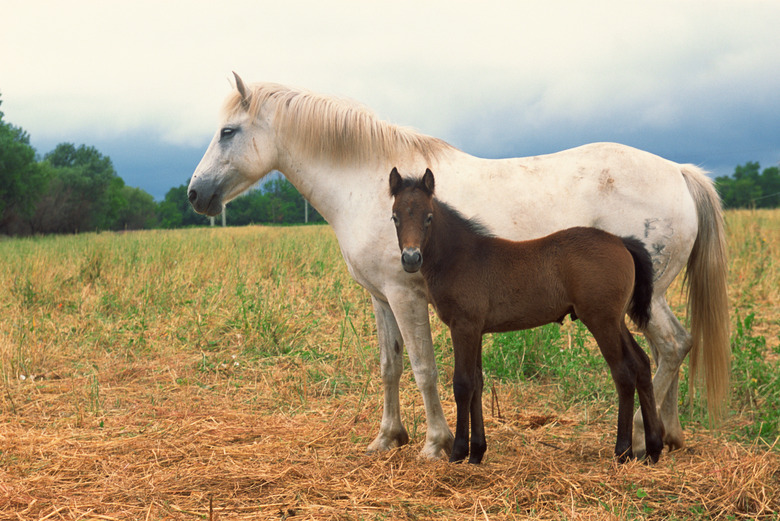Climate Of The Miocene Period
The Miocene is a geological epoch that spanned from roughly 24 million years ago to about 5.3 million years ago (after the Oligocene epoch and before the Pliocene period). During this period much of the continental Earth formed. The continents moved into positions that are recognizable in modern times, and flora and fauna evolved into species that exist today. Global warming occurred during the middle Miocene, which had profound effects on plants and animals.
Mid-Miocene Climate Optimum
Mid-Miocene Climate Optimum
Prior to the Miocene, roughly 50 million years ago during the Eocene, global cooling and expansion of ice at the poles began. It continued until the middle Miocene when a period of global warming known as the Mid-Miocene Climate Optimum (MMCO) happened between 17 million and 15 million years ago. The MMCO created temperate climates throughout much of the world — as much as 4 to 5 degrees Celsius (or 7 to 9 degrees Fahrenheit) above today's average temperatures. It appeared to be a period of mountain-building as tectonic plates merged, and the Andes, Sierra Nevada and other great mountain ranges formed.
Grassland Expansion
Grassland Expansion
Although global cooling returned after the MMCO, the great mountain ranges created rain shadows that caused an expansion of grasslands due to lowered rainfall. These grassland expansions caused the evolution of new species such as large herbivores and their predators, including predatory birds, that adapted to the grassland ecosystem. Notable species include the worldwide expansion of horses and increases in deer and elephants, as well as species now extinct, such as the elephantlike gomphotheres or the giant Chalicotherium, a hoofed animal.
Arid Conditions
Arid Conditions
The great mountain ranges and changes in air circulation led to drier conditions throughout much of the planet. This is evidenced by the decrease in woodlands and increase in open terrain like deserts and tundra. The fossil record demonstrates that many woodland-adapted species went extinct due to decreased woodlands and rain forests. It is also believed that drier conditions and cooling, after the MMCO, opened the Bering land bridge between Asia and North America, which led to exchanges of many animal and plant species between continents.
Climate Today
Climate Today
Contemporary researchers struggle to decide why the Earth today appears to be undergoing global warming. Some are looking to the global warming period during the middle Miocene, the MMCO, for clues. Scientists are curious if there were increased carbon dioxide levels during the MMCO and if these led to warming. They are interested how such hypothesized increased levels might compare to higher carbon dioxide levels today. Research continues on the role of carbon dioxide in global warming.
References
- Paleomap Project: The World Assumes a Modern Configuration
- University of California Museum of Paleontology: The Miocene Epoch
- Smithsonian National Museum of Natural History: Terrestrial Life Throughout the Miocene
- PBS Evolution: Deep Time Cenozoic Era
- National Park Service Explore Nature: Age of Mammals
Cite This Article
MLA
Peterson, John. "Climate Of The Miocene Period" sciencing.com, https://www.sciencing.com/climate-miocene-period-4139/. 25 July 2018.
APA
Peterson, John. (2018, July 25). Climate Of The Miocene Period. sciencing.com. Retrieved from https://www.sciencing.com/climate-miocene-period-4139/
Chicago
Peterson, John. Climate Of The Miocene Period last modified March 24, 2022. https://www.sciencing.com/climate-miocene-period-4139/
